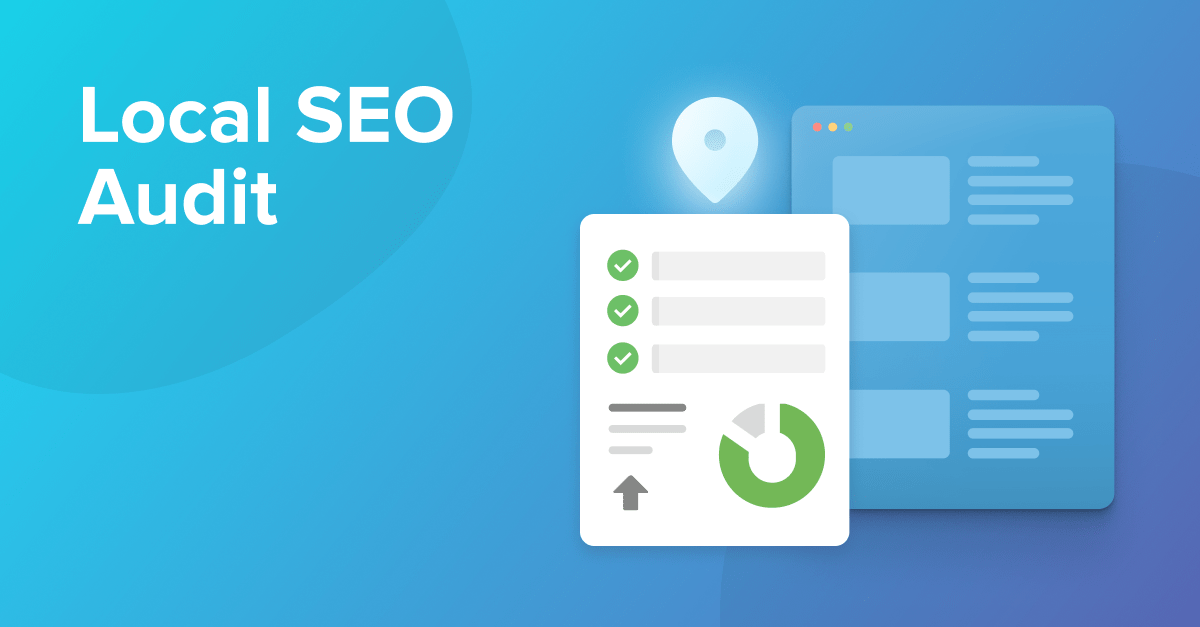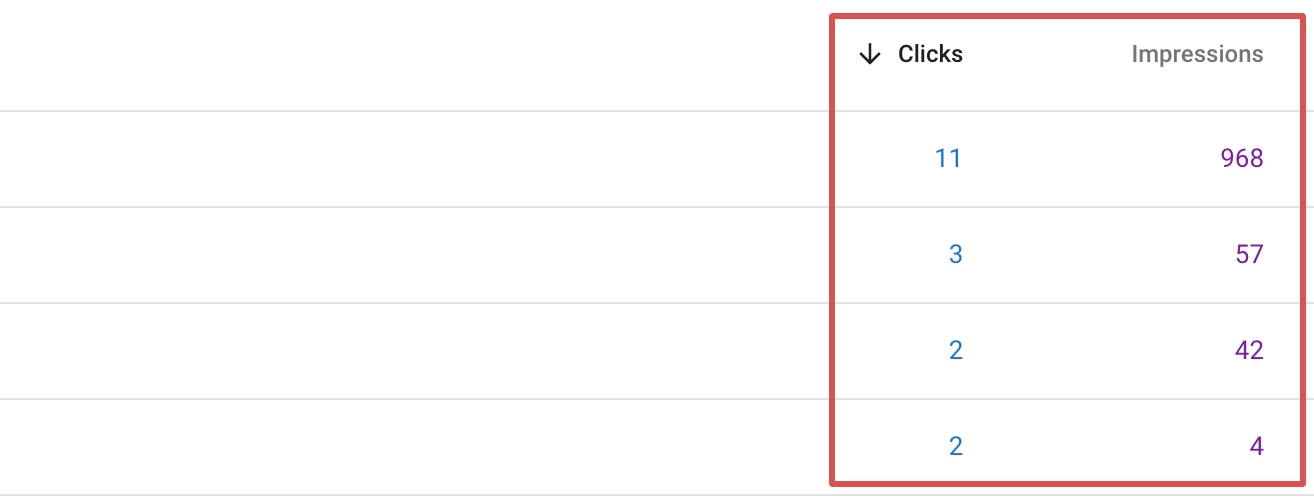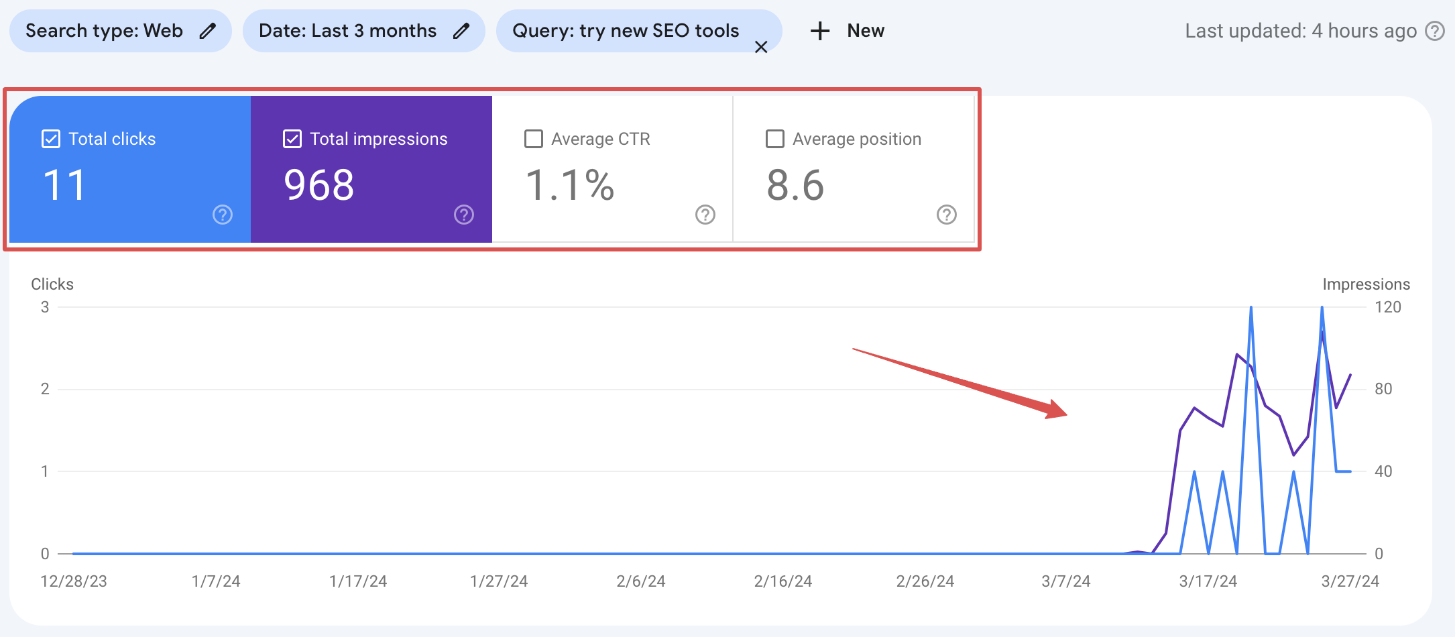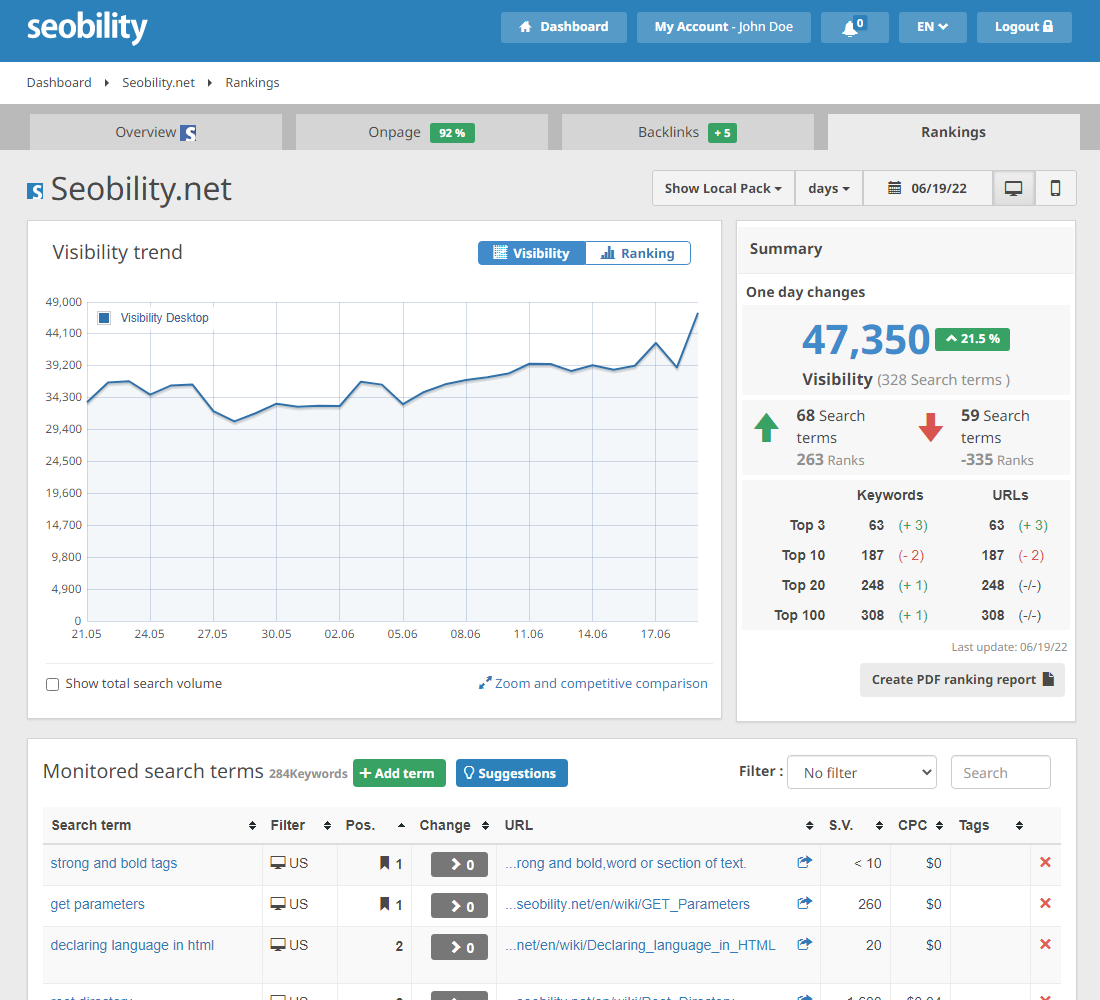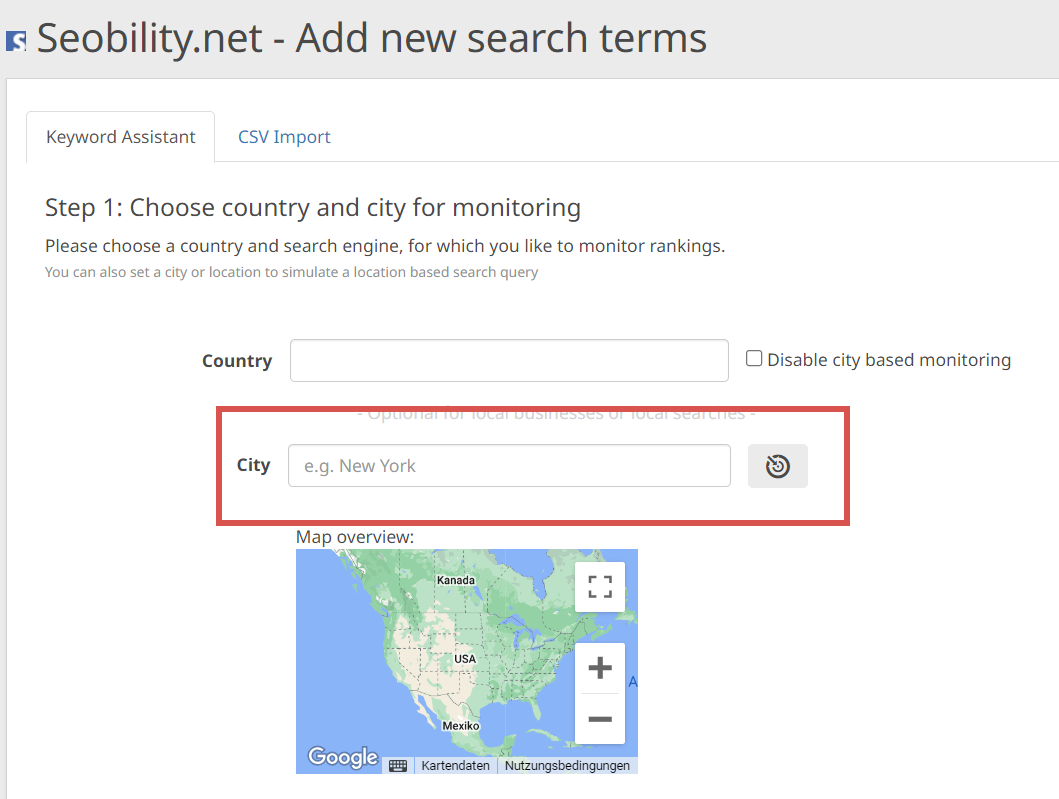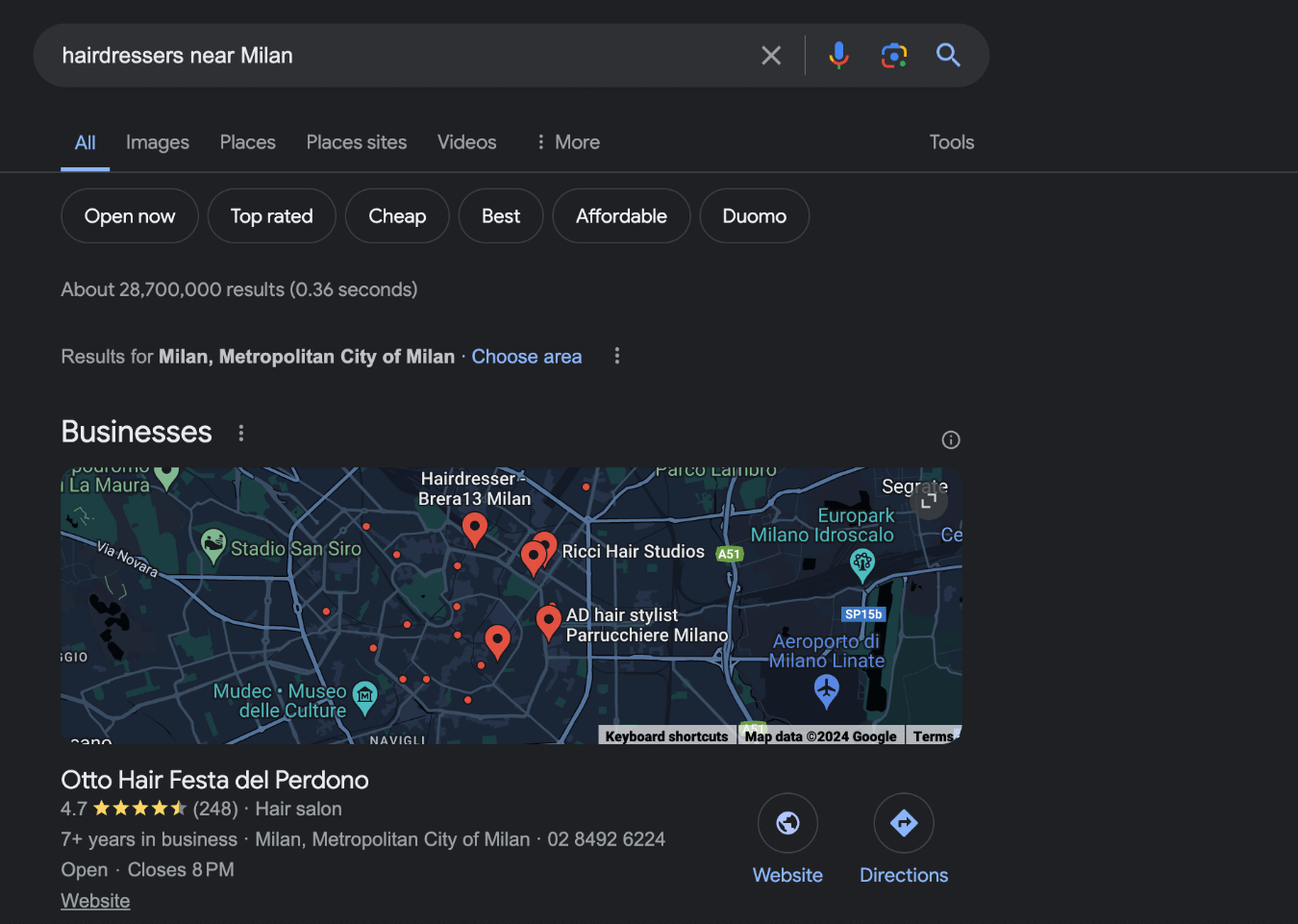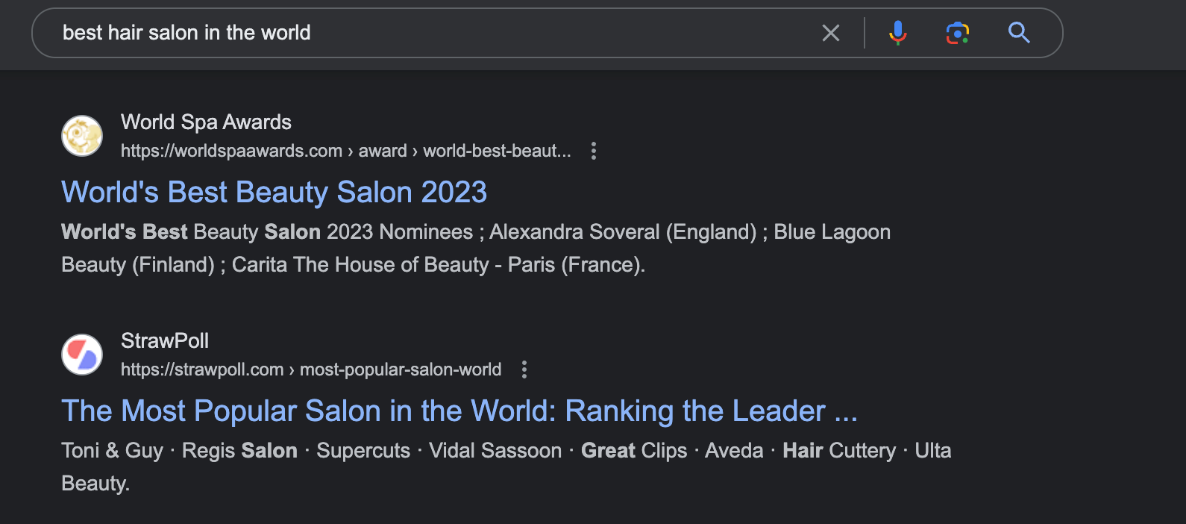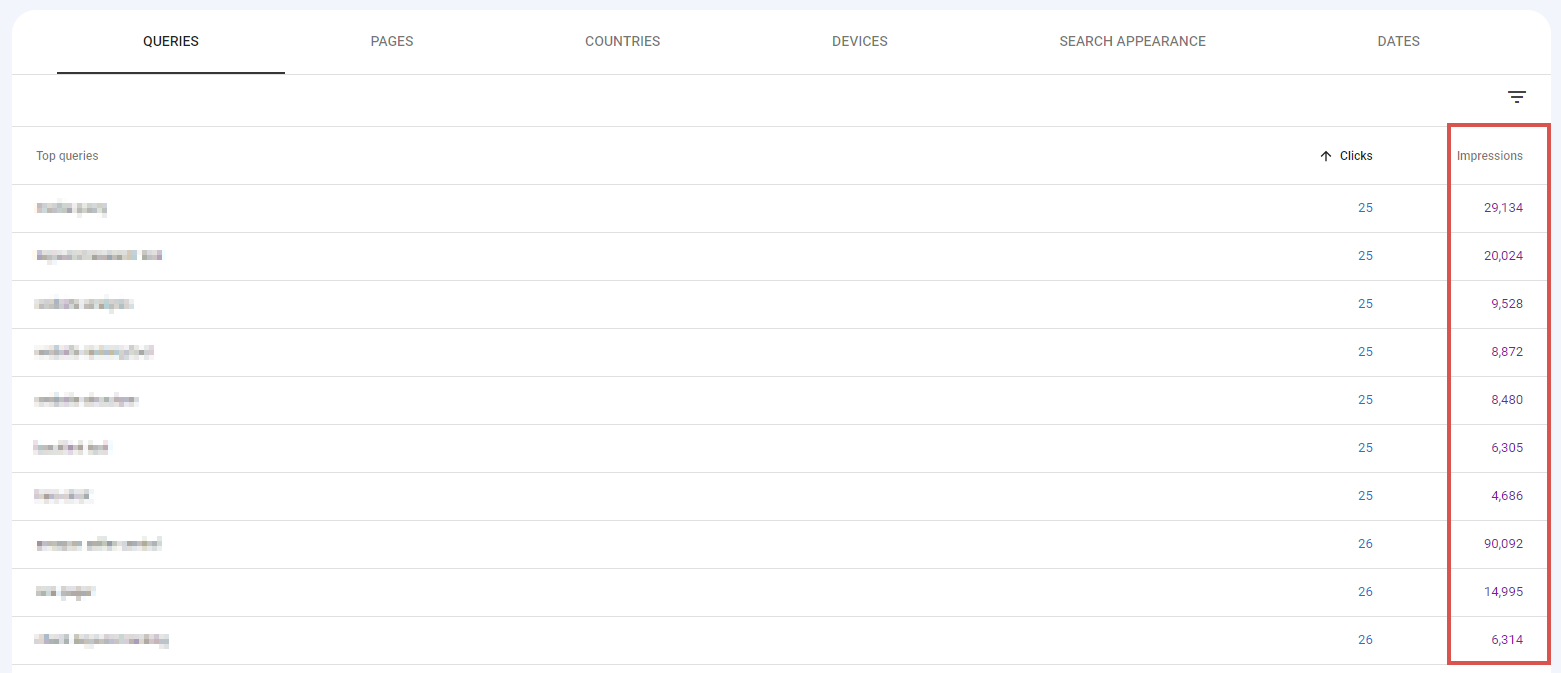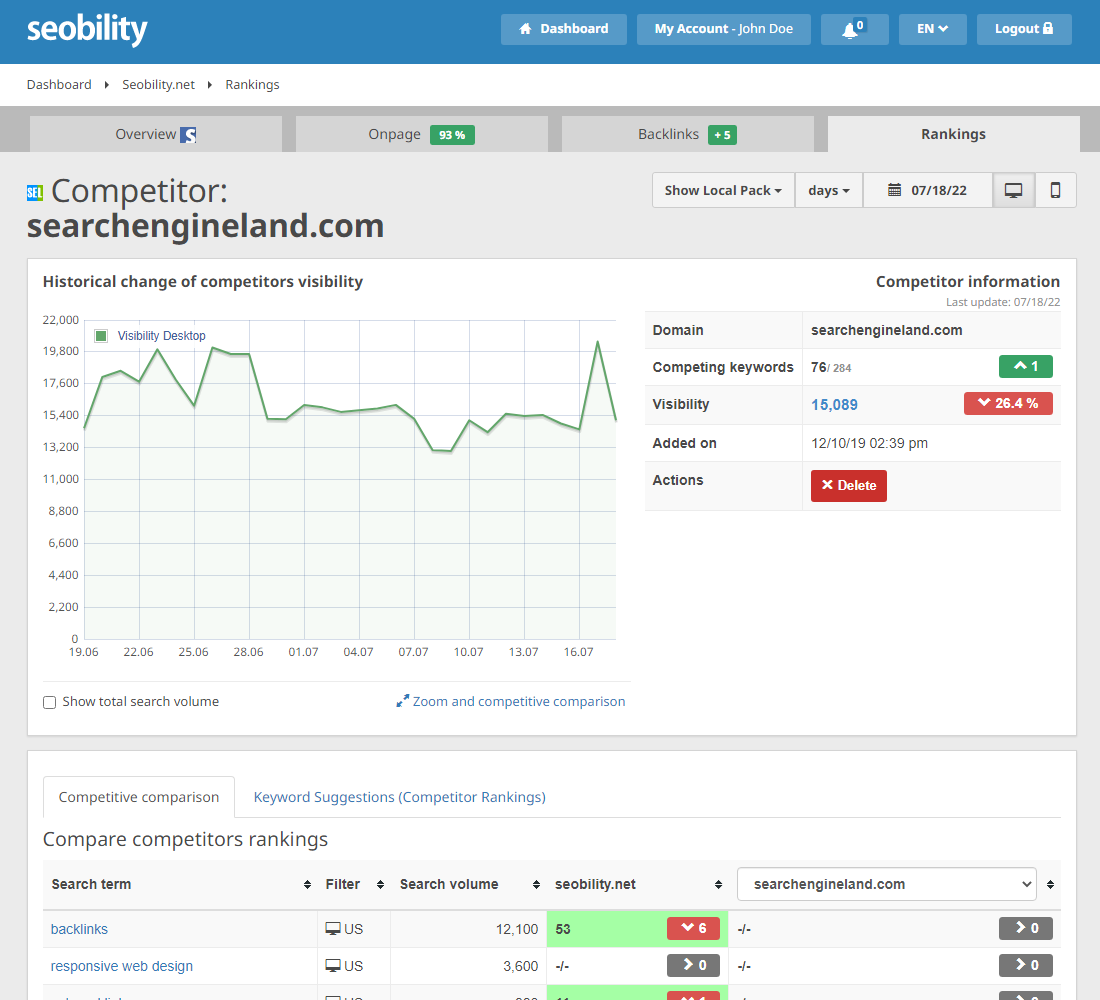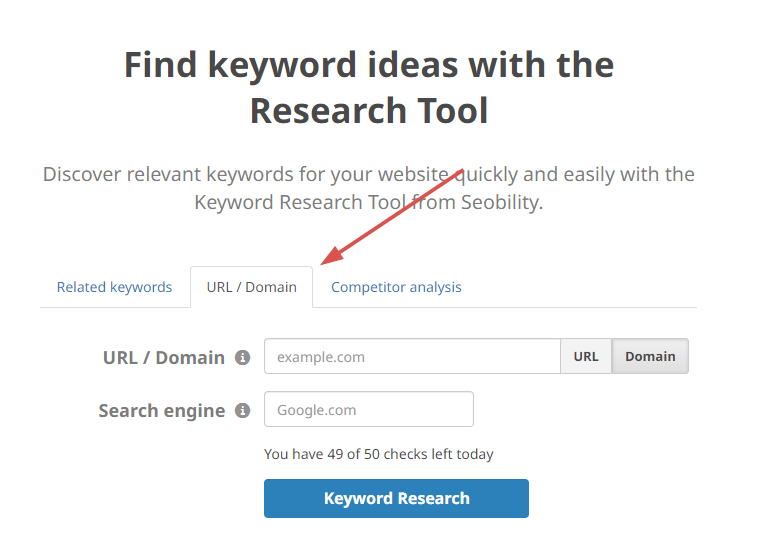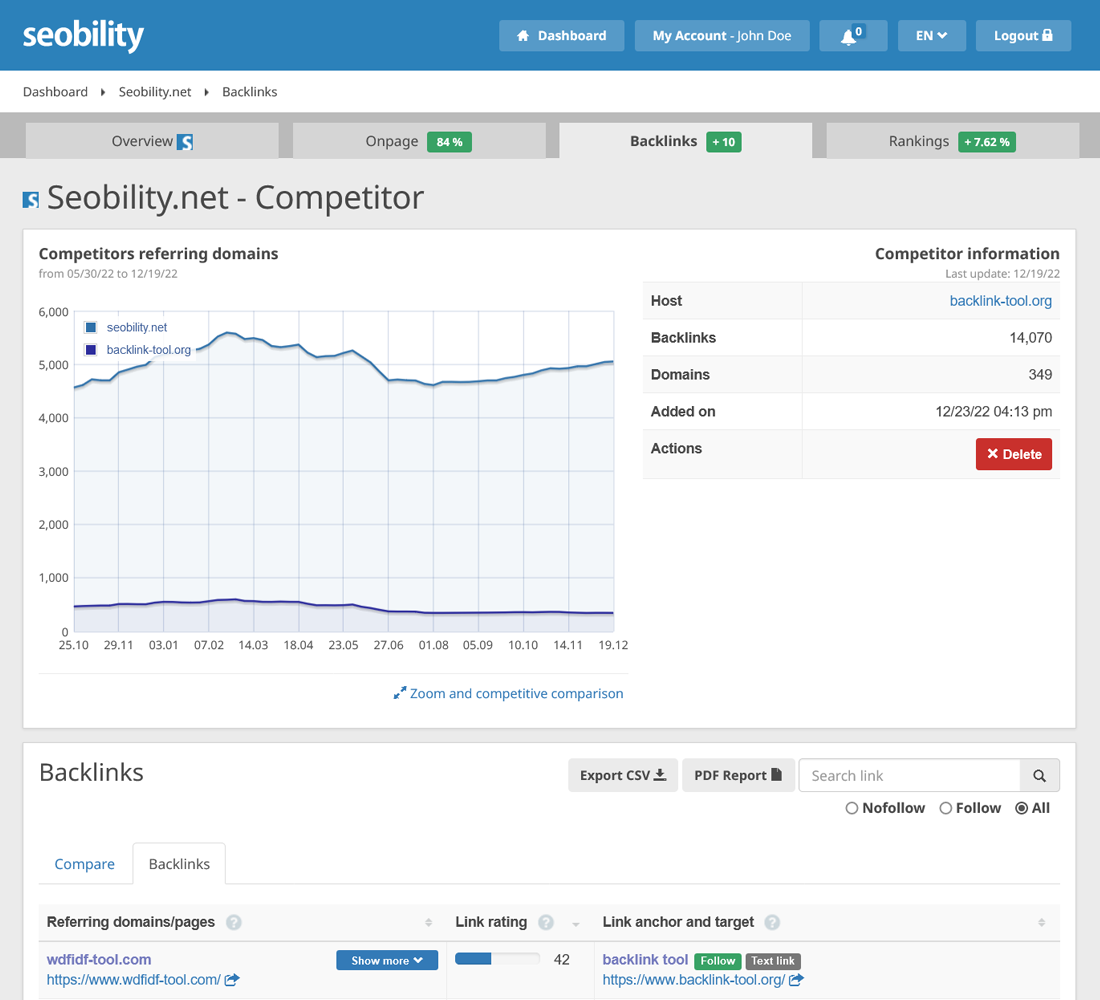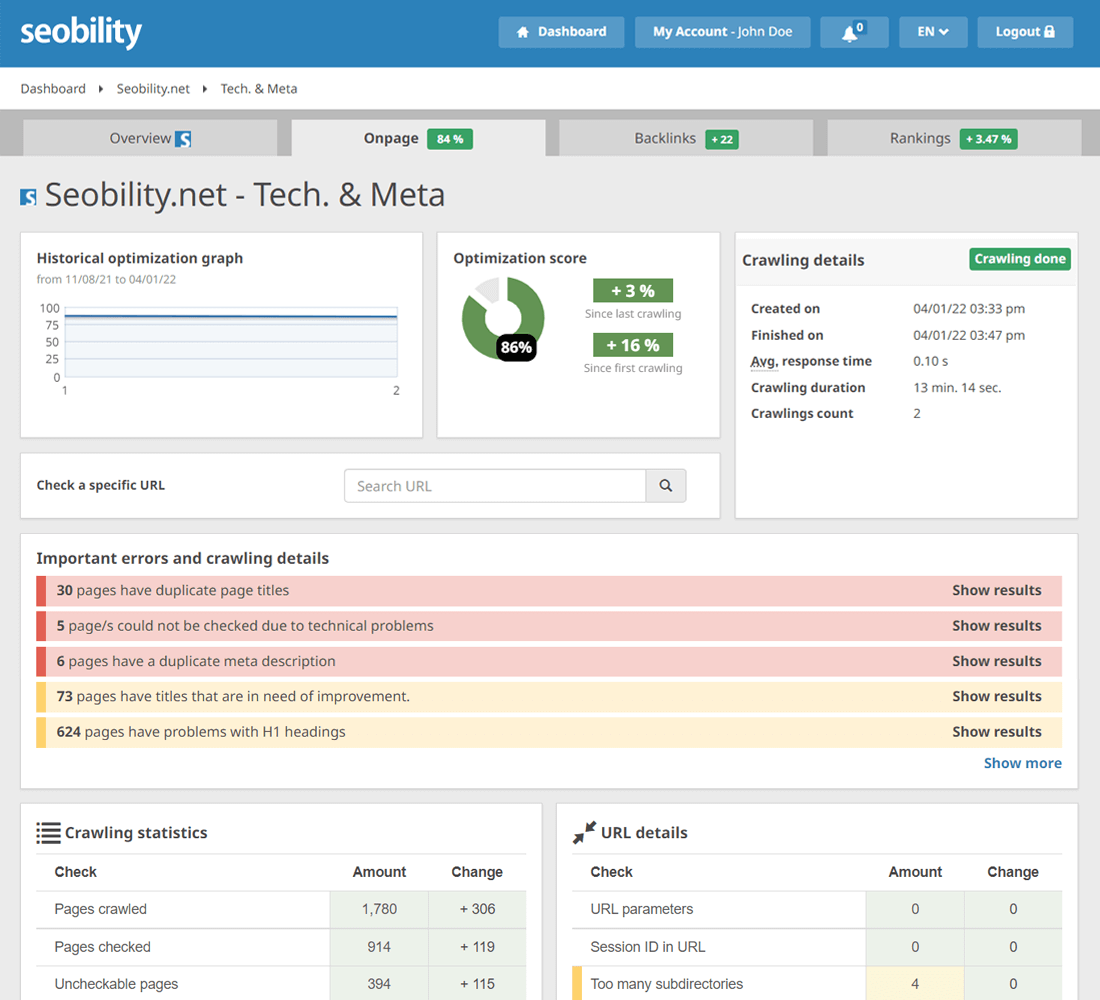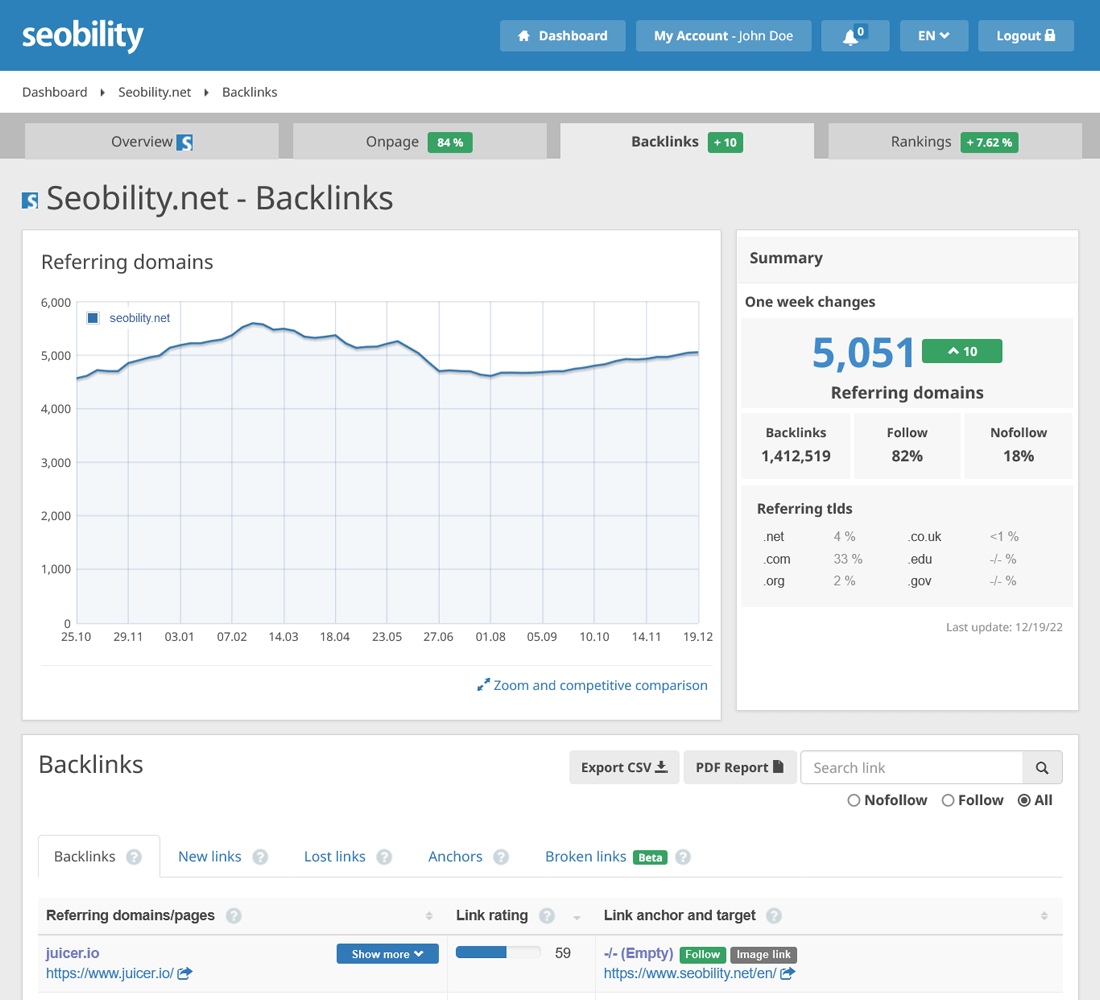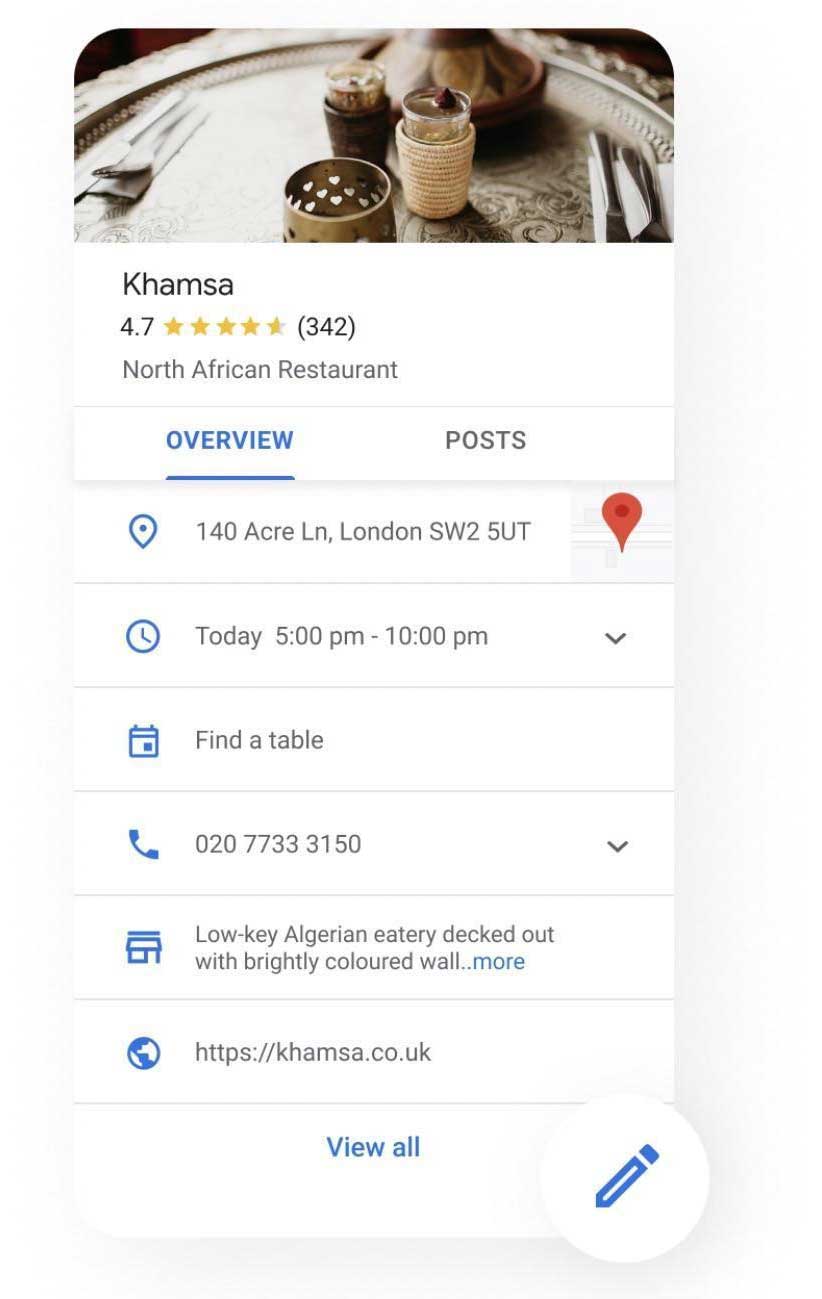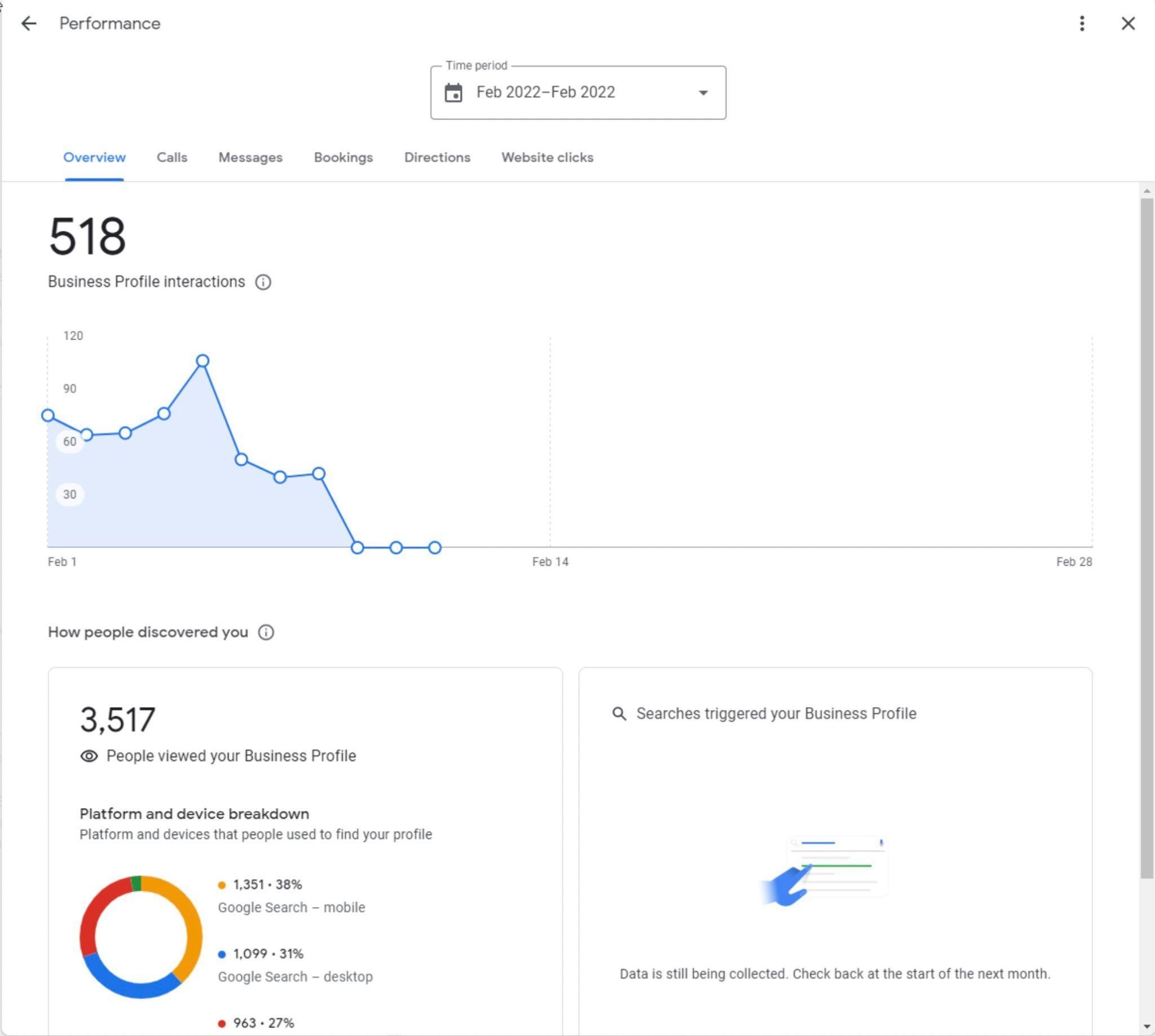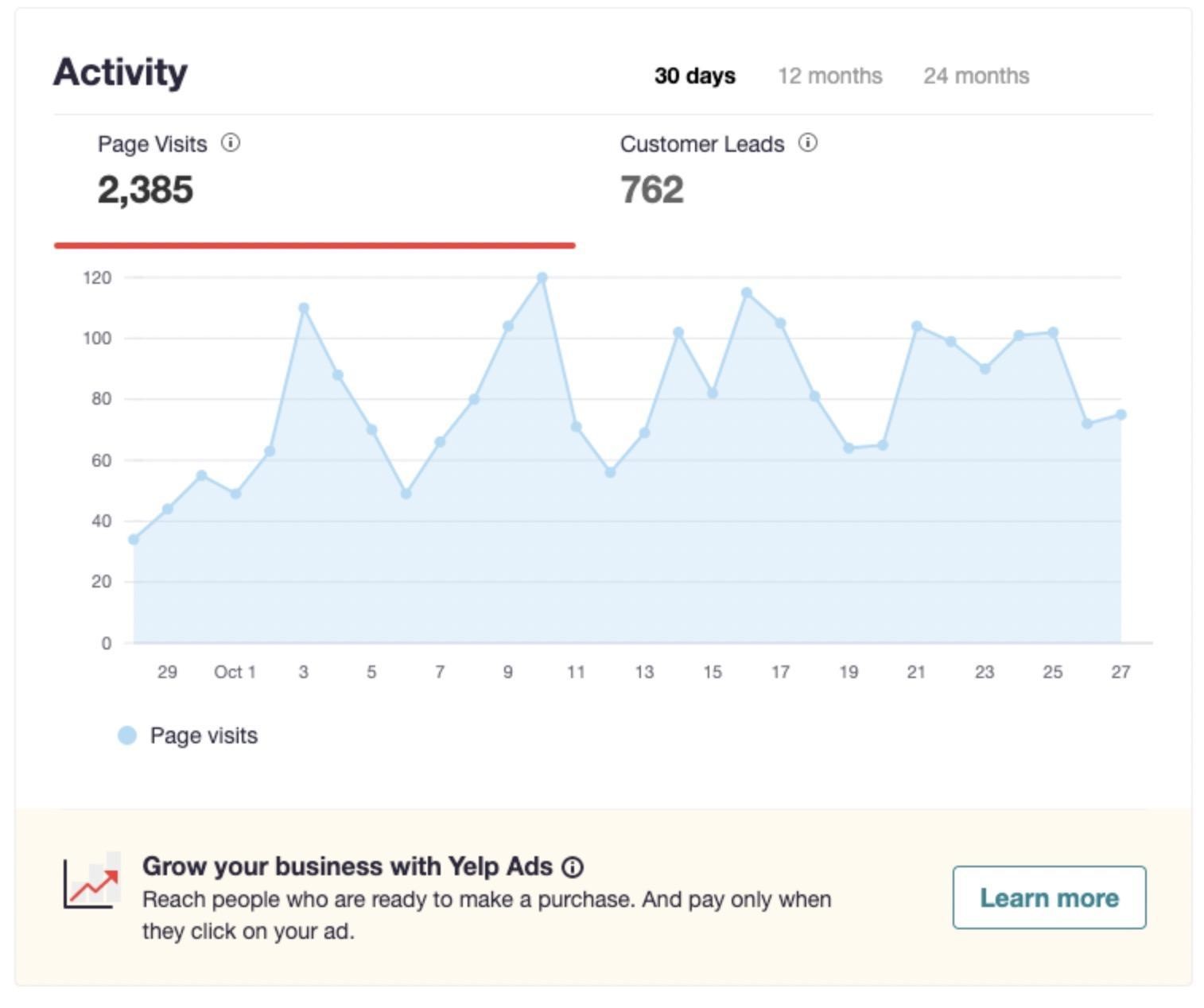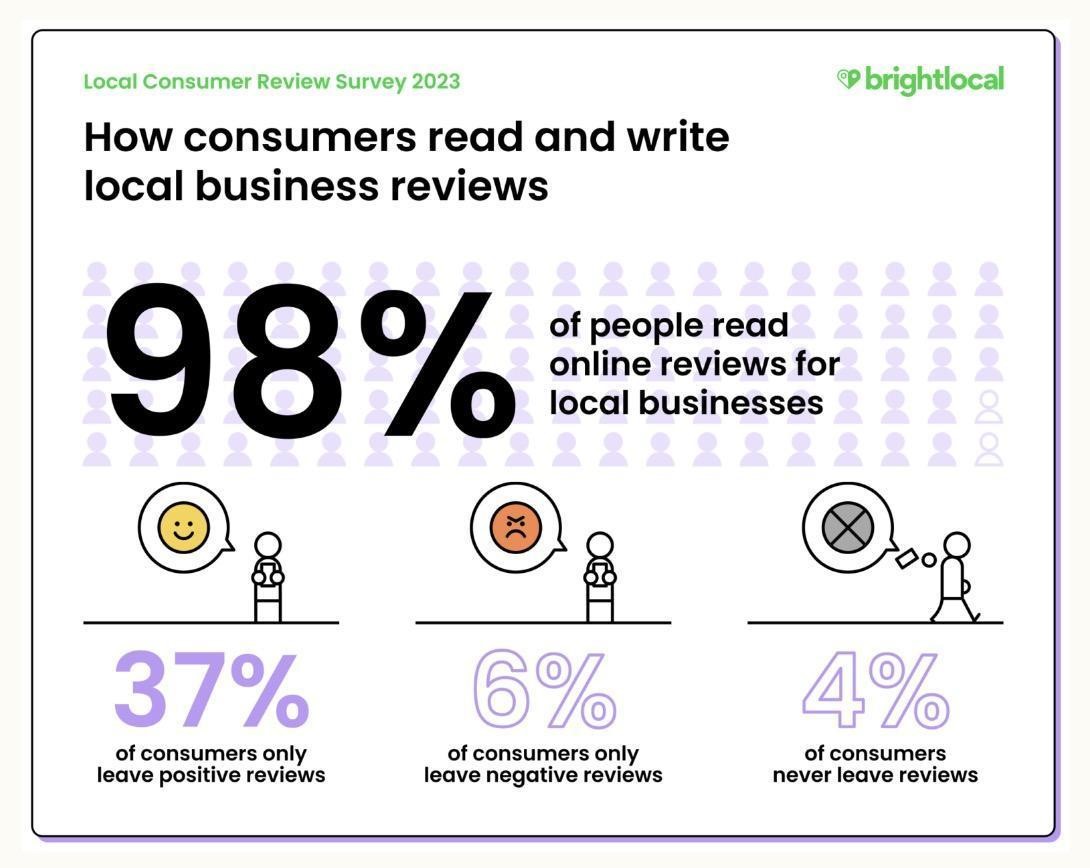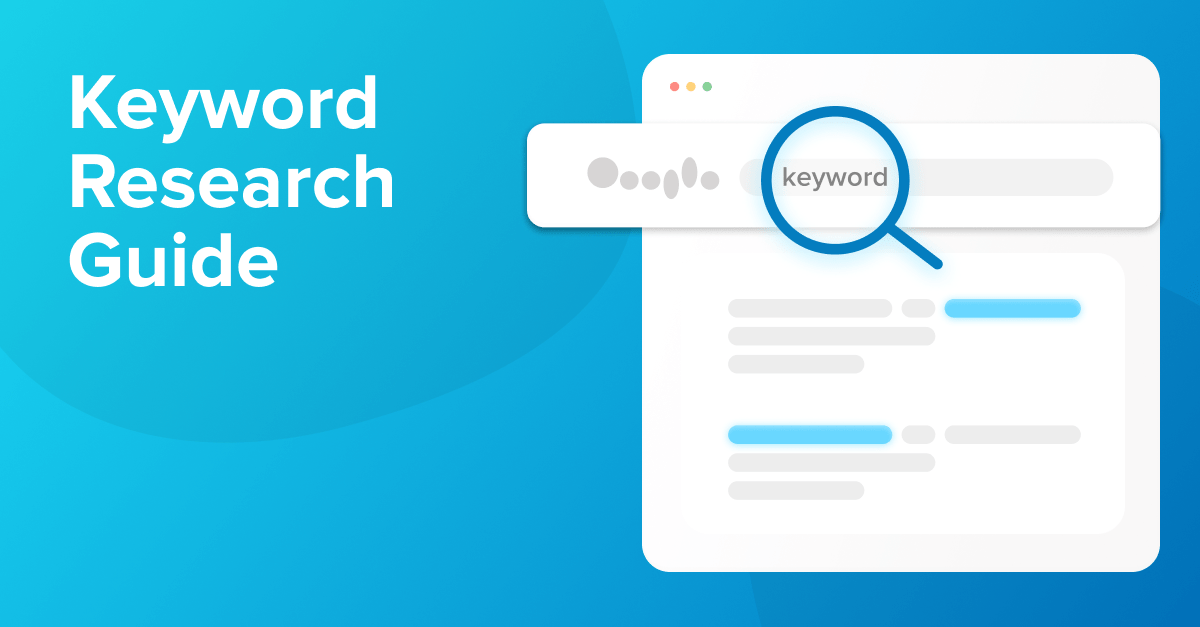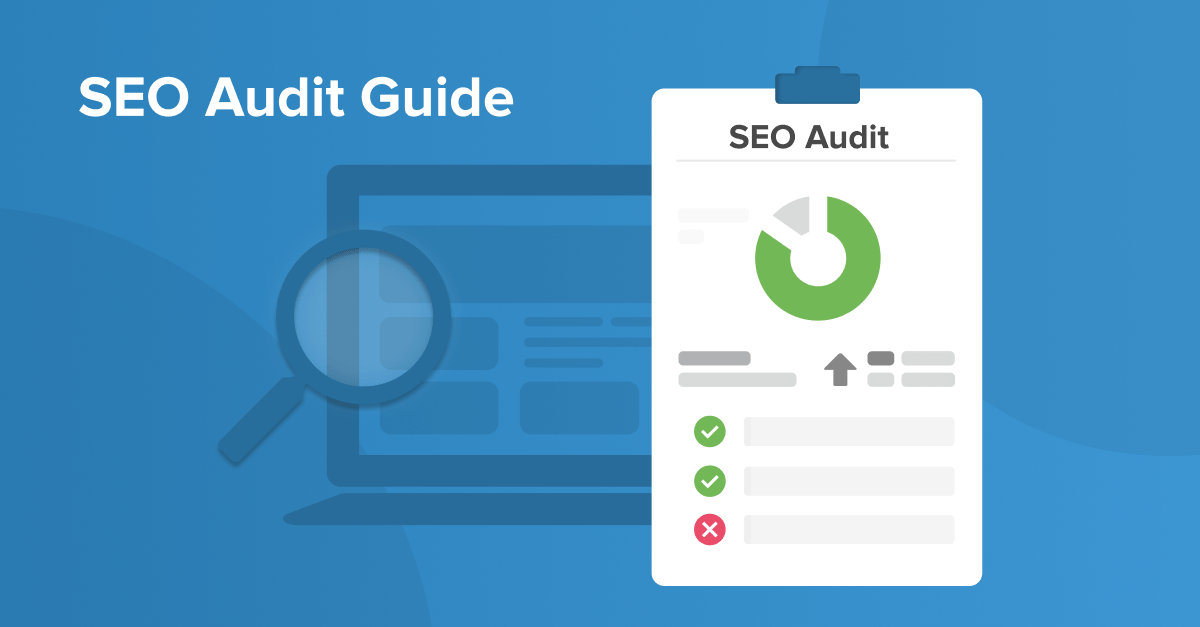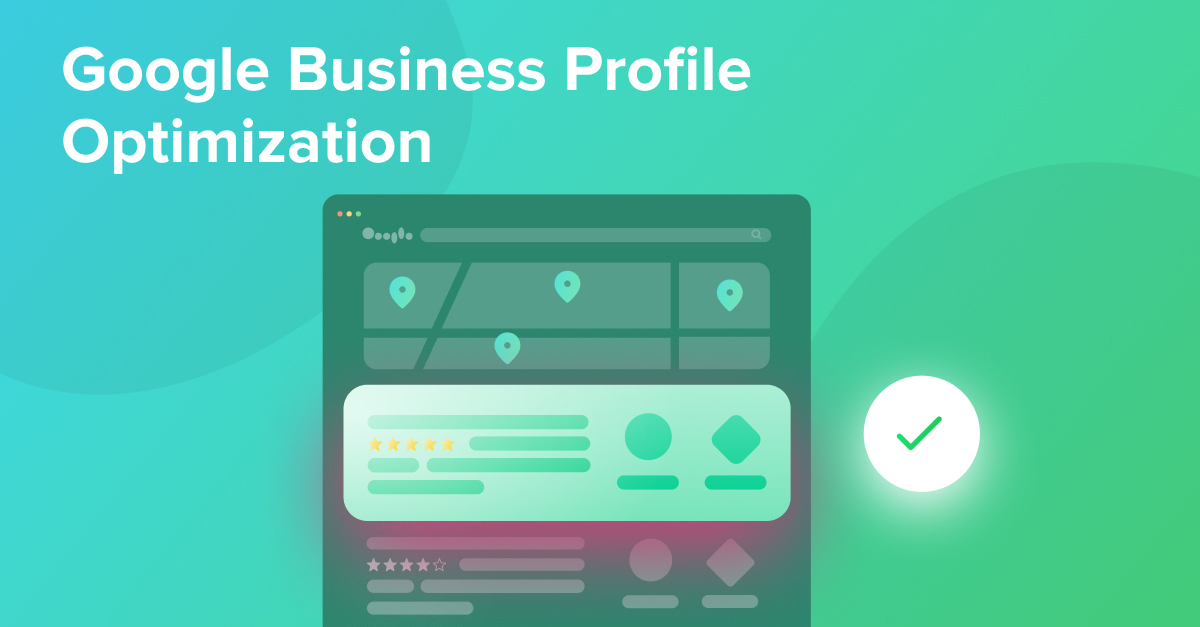Building a strong local search presence is challenging enough, but maintaining it can be just as difficult.
You can have the best content, the strongest backlinks, and glowing customer reviews, but without the right care and steps to optimise them, they all lose value quickly.
To rank – and keep ranking – in the top local placements on search engines, you need a constant supply of the right signals (engagement, backlinks, reviews, etc.) and quick responses to issues like broken links, keyword cannibalisation, and negative reviews.
In this guide, we show you how to run local SEO audits that maintain and improve online visibility for local searchers. By the time you’re finished, you’ll have a strong grasp of the following:
- Why local SEO audits are important
- How to run regular local SEO audits
- The tools you need to make local SEO audits hassle-free
What is a local SEO audit and why is it important?
A local SEO audit reviews the visibility and performance of your website in local search – as well as other relevant local SEO assets, such as your Google Business Profile and directory listing profiles.
An audit analyses the strengths and weaknesses of your online presence. Running regular audits allows you to identify and fix any issues harming your visibility in local search.
Without audits, technical issues and negative signals pile up, limiting the impact of your optimisation efforts.
For example, you’re not getting the full benefits from every positive review customers leave if your Google Business Profile is outdated or if your website is loading too slowly.
At the very least, you should run a local SEO audit once every year. However, if local search is a key part of your marketing strategy, you should run audits every quarter, so you can address issues before they have a negative impact.
How to run a local SEO audit step-by-step
Traditionally, SEO audits require a lot of time and effort from a dedicated team of SEO experts. However, you can automate most of the auditing workload with the right tools
So, as we discuss the key steps of running local SEO audits, we’ll also mention some of the best tools for each task.
Keywords review
New keyword opportunities are always emerging and the value of existing ones changes over time. A keywords review allows you to reassess your target keywords and identify new opportunities you would, otherwise, miss out on.
Keyword review can be broken down into two parts, the first of which is analysing existing keywords.
Analyse your existing keywords
Hopefully, you know which keywords and search queries you’re targeting, but do you know which ones are generating the most traffic?
You can answer this question using Google Search Console. If you’re not familiar with Google Search Console from before, take a look at this article explaining how it works and how to set it up.
From Google Search Console, click on “Search results” in the Performance tab on the left-hand menu, and you’ll see a list of the top 1,000 queries generating traffic for your website.
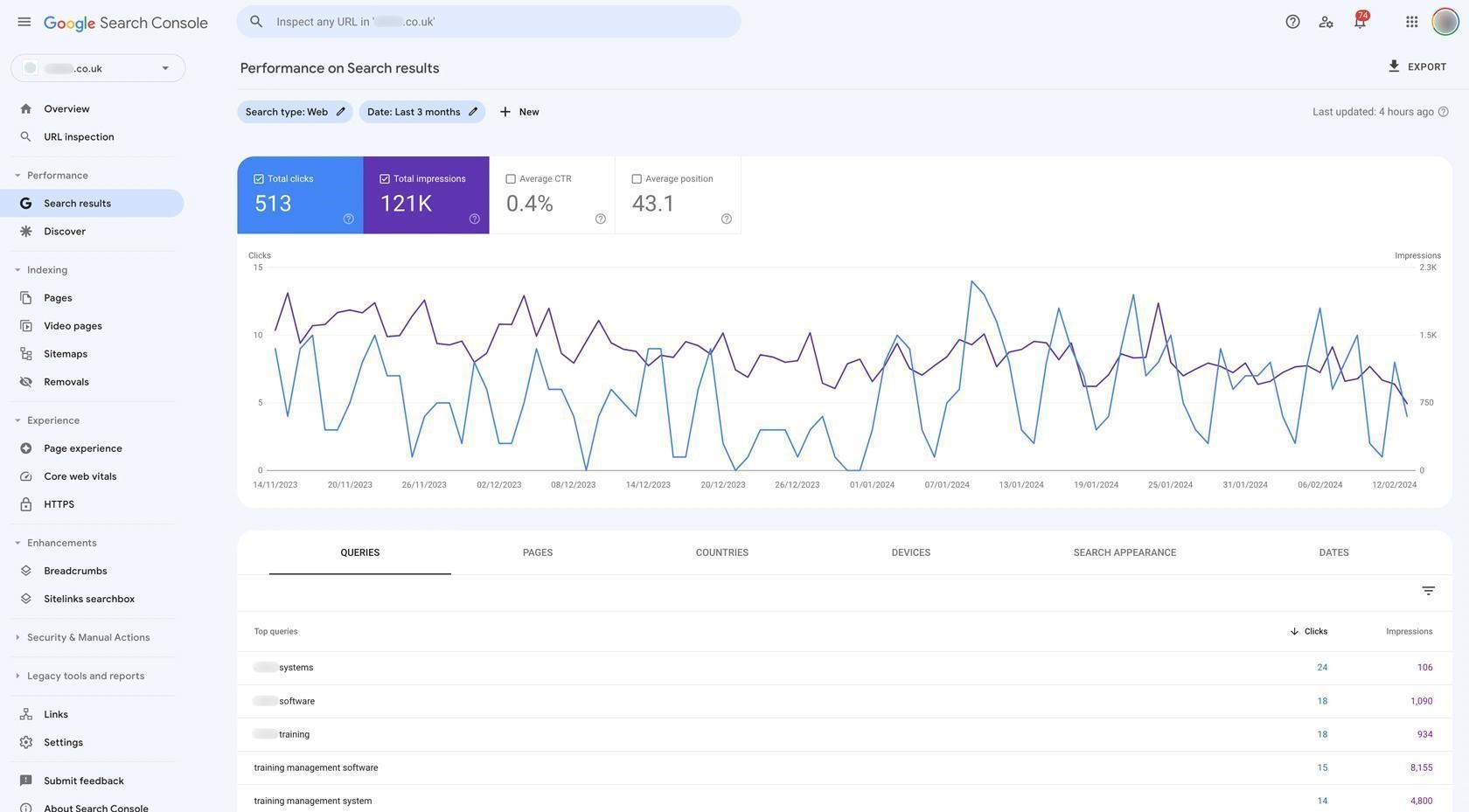
From this page, you can view queries in order of clicks or impressions to get an accurate picture of the keywords earning the most visibility and traffic.
If you want to track how clicks and impressions have evolved over time for a specific search query, simply click on the query.
The graph then shows you the history of the query, its clicks, impressions, and other data.
As users’ search habits evolve over time, your most valuable queries may change, and regular audits ensure you’re always optimising for the most important keywords that potential customers are searching for.
Find new keyword opportunities
A local SEO audit is a good time to look for new keyword opportunities to add to your local SEO strategy and to check if any new search trends emerged since your last audit.
Google Trends is a powerful tool for discovering new opportunities. You can use the tool to monitor demand for topics, products, services, etc., and compare demand in different locations.
While it doesn’t provide search volume data, you can track the proportional search activity for keywords and topics over time. This means you can track search trends and identify new, emerging keyword opportunities.
At a glance, Google Trends can look deceptively basic, but you shouldn’t underestimate this tool. You can find out how to get advanced marketing insights from Google Trends on the Vertical Leap blog.
To further analyse new keyword opportunities, you can use Seobility’s free Keyword Research Tool. Type any top-level keyword/topic (e.g., “dentist new york”) into the tool, and it will generate a list of keyword ideas for you in seconds.
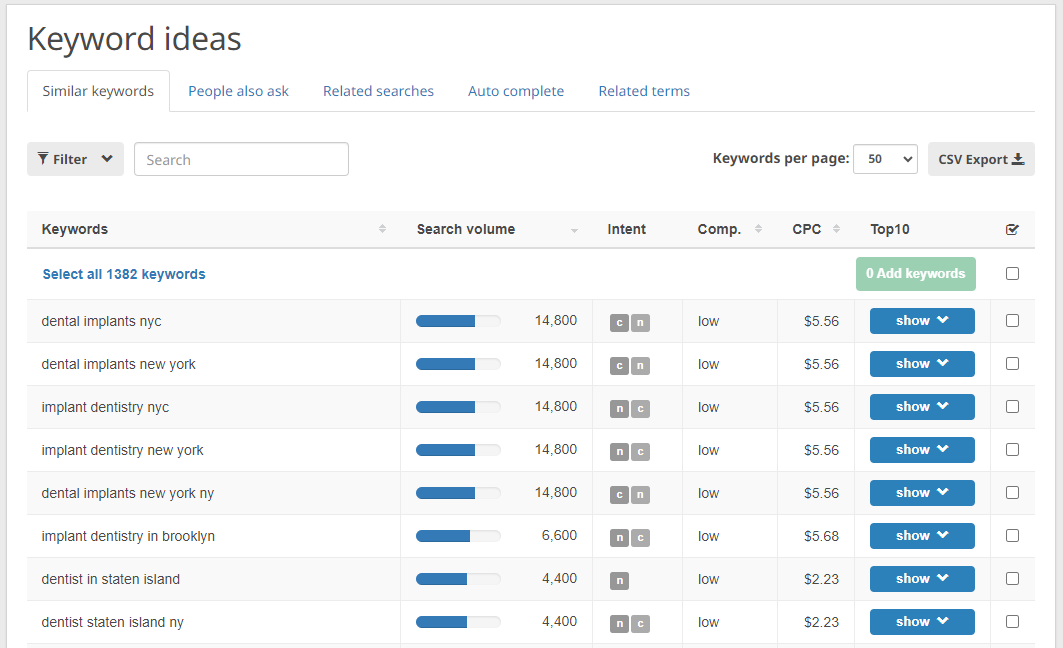
The tool ranks keyword ideas in order of search volume, and you can also view the competition level for each keyword. The search volume metric helps you prioritise target keywords based on their opportunity and the competition helps to determine whether you have a chance to rank for them.
Here are additional ways to prioritise new opportunities during a local SEO audit:
- Group new keyword ideas by topic so that you get a good understanding of the total search volume and expected size of the opportunity to target. For example, grouping all the “dental implants new york” related keywords into one list and calculating the total search volume.
- Lower search volume and lower competition keywords can present a good shorter-term win opportunity to maximise. Just because there is a lower search volume of specific keywords does not mean they should be overlooked. Commercial intent keywords (items that include “compare,” “cost,” “buy,” “deliver,” and related types of keywords) are often lower in regard to traffic levels but higher in the potential to impact your business’ revenue.
- Explore higher CPC terms, i.e., those that are most likely too expensive to target with ads, as opportunities for targeting through SEO.
- Apply local elements to your keywords to make them more relevant for local SEO. For instance, instead of using “teeth cleaning”, try using “teeth cleaning new york city” or “teeth cleaning Manhattan”. This will increase the likelihood of clicks and conversions as you have a local entity that is ingrained within the local community and audience.
- Explore competitor’s content coverage when a topic is new to your site. For example, if the data indicates your audience is searching for content on “teeth cleaning,” you can start by researching your competitors first. In Seobility’s Keyword Research Tool, you can click on “show” to see top-ranking content for each keyword.
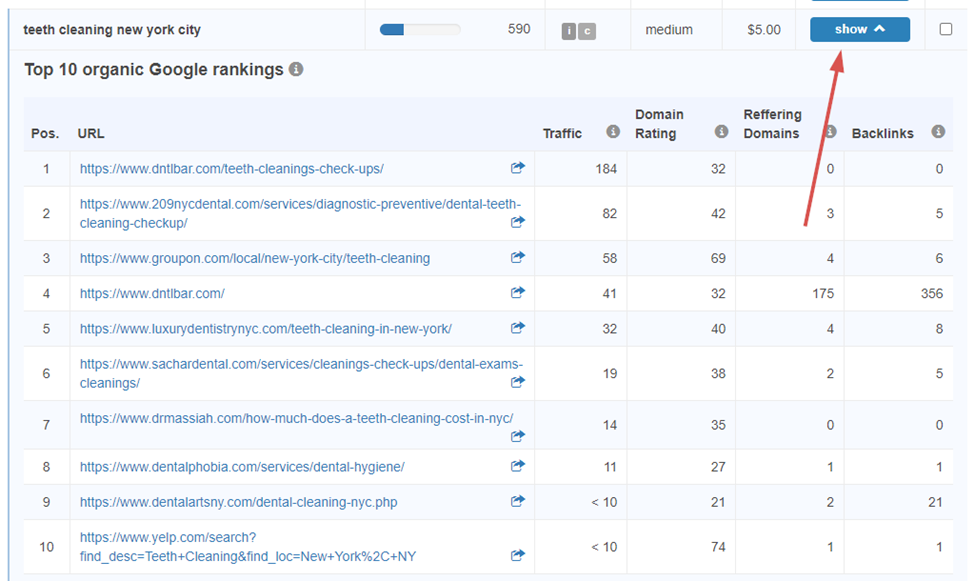
This enables you to review how these websites addressed the topic and how you can make your own content relevant to your audience while at the same time contributing to the financial success of your business.
Also, for more information on keyword analysis, you can take a look at this article:
Rankings analysis
Targeting keywords is one thing; ranking for them is something else entirely.
During a local SEO audit, you’ll want to know where you’re ranking for your target keywords and how much traffic you’re generating from them.
How to analyse your local search rankings
Rankings analysis is time-consuming but Seobility’s Ranking Monitoring tool delivers faster insights.
The Ranking Monitoring tool tracks your rankings for all your top keywords over time. You can see where you’re ranking for priority queries and how much visibility you’re gaining from them.
Best of all, you can track searches at the city level to specifically monitor your local SEO rankings.
To do this, just select a location in the “City” field when you add new keywords to your monitoring:
With local SEO, you’ve got multiple ranking opportunities to optimise and track, and the two main ones are: the local pack of results and the organic search engine results.
The local pack of results are displayed whenever Google suspects a local intent behind a user’s search query. When this happens, Google expands its search results with three highlighted local business listings.
The regular search engine results include a broader range of websites, including local businesses, but not limited to them. These results show up as the regular “blue links” on Google.
To distinguish the difference between the local pack and the organic “blue links,” you need a ranking tracking tool like Seobility.
In addition to monitoring your “regular” website rankings in local search results, Seobility will also show you any rankings in Google’s Local Pack by displaying a small maps icon next to the position:
You can learn more about Seobility’s Local Pack Rank Tracking here.
How to identify traffic opportunities
Just because you’re ranking for a keyword doesn’t necessarily mean you’re getting traffic – i.e. real visitors – to your website. That’s why during your local SEO audit, you should also check for keywords that get you a lot of impressions in Google search, but not so many clicks.
To do this, go to Performance > Search results in Google Search Console and take a look at the ‘queries’ list.
If you sort the list from lowest to highest clicks, you will often find queries with few clicks but many impressions.
These are high-potential keywords, because Google already considers your site relevant for these queries, but you don’t rank high enough or don’t get enough click-throughs to generate traffic.
To fix this, you can do site-wide improvements, like adding more depth to your blog pages, using internal linking, building backlinks, and publishing more content around the topic to gain topical authority.
Smaller page-wide changes may also be enough, such as changing the title, optimizing meta description, improving page load speed by compressing images, and having a better article structure.
Competitor analysis
As your local SEO strategy matures, your relationship with search competitors changes over time. You’ll overtake some rivals; others may jump ahead of you and new competitors will enter the local market.
The aim with competitor analysis in your local SEO audits is to know who your rivals are at any given time and flag up any important developments since the previous audit (ranking changes, new competitors, new keyword opportunities, etc.).
The most important things to look at include:
- Visibility: Which competitors have gained and lost overall search visibility since your last audit?
- Ranking positions: Are there any significant ranking changes for competitors since your last audit?
- Target keywords: Are competitors targeting any new keywords or generating more traffic from existing keywords?
- Top pages: Are any new competitor pages outranking you or generating significant traffic?
- Backlink profile: Have they earned any valuable links since your last audit?
Let’s take a look at how Seobility can help you analyse these points one by one.
Seobility’s Ranking Monitoring lets you monitor the visibility of your competitors for your target keywords, so you always know how you’re comparing against them:
You can also check their position for each individual keyword you monitor and compare it against yours.
To make sure you’re not missing out on any high-value keywords they’ve discovered in recent months, you can use Seobility’s free Keyword Research Tool. Just enter your competitor’s domain in the “URL / Domain” tab, and it will show you the keywords that drive the most traffic to that competitor’s site:
You can also look for any gaps in their keyword/topic coverage and try to use this against them.
Next, you can use Seobility’s Backlink Analysis and Monitoring tool to identify their most valuable backlinks and check how your competitors overall backlink profiles developed in the past months:
This can be a great source of inspiration for your own link building activities (more on that later).
Website audit
When you’re working to improve your local business’s online visibility, you’ll notice that searches with a clear intent to buy or find a service nearby often show the local pack at the top. This makes it really important to have your business show up on Google Business Profile, Google Maps, and also on social media platforms like TikTok and Instagram.
But your website still plays a big role, especially for searches where people are looking for information. Plus, if you can appear in both the local pack and the regular search results, your business gets even more visibility. That’s why regular website audits are essential for local SEO as well.
Website audits can help you rank better in search results for detailed, informational searches (known as long-tail keywords). These searches can help you get noticed and attract customers for your business. Don’t overlook the importance of these informational searches. For example, if someone is looking for advice on how to get rid of an old TV, this could be a chance for local charity shops or recycling centres to show up in search results with their page explaining the topic.
How to audit your website for local SEO
Analysing your website is one of the most complex aspects of a local SEO audit. Google alone uses hundreds of signals to rank pages in the SERPs.
Here are some of the most important factors to analyse:
- Website structure: Your website structure needs to reflect the structure of your business (single-location, multi-location, multinational, etc.).
- URLs: Descriptive, unique URLs including primary keywords (and locations where appropriate).
- NAP: Ensure your business name, address, and phone number are consistent across your website and other online profiles (Google Business Account, directory listings, social profiles, etc.).
- Local pages: Create and optimise localised pages for every location your business operates in.
- Localised content: Create valuable, relevant content for audiences in each location.
- Duplicate content: Check for duplicate content – a risk when you’re creating multiple location pages for the same company or service.
- Keyword cannibalisation: Check for multiple pages competing for the same keyword (cannibalisation).
- Content updates: Update your content to improve or maintain quality, merge competing pages, and remove anything that’s not adding value.
- Internal links: Use internal links to reinforce the structure of your website, including location names in the anchor text where relevant.
- Core Web Vitals: Analyse your website’s Core Web Vitals and take action on anything that doesn’t score in the “Good” range.
Auditing a website for local SEO involves a lot of analysis. Luckily, you can automate much of the work by choosing the right tools.
Seobility’s Website Audit Tool audits your whole website and flags up issues that need attention. First, it checks which parts of your website can be crawled and indexed by websites and analyses the structure of your site.
It also checks your content for issues like duplicate content and keyword cannibalisation. The tool analyses 300+ factors, providing actionable steps so you can prioritise your optimisation efforts.
A website audit alone isn’t enough to rank you for the long tail keywords we mentioned, but it does alert you to all the factors that may lead to a decrease in ranking. You can then take the appropriate action to improve your website.
Local backlinks & citations
Local backlinks are one of the most important ranking signals and your audits need to do two key things: check if you maintained your existing backlinks and find opportunities to build new ones.
Why keeping an eye on your backlinks is essential for local SEO
A lot of local businesses underestimate the importance of off-page SEO or don’t have the resources to manage it. So, this is an area where you can gain real traction by doing better than your local competitors.
Search engines view backlinks as a verification that your page offers value. However, they trust some sources more than others. Google, in particular, wants to see backlinks from relevant, high-quality sources.
Imagine an estate agent publishing tips for first-time house buyers. Backlinks from (quality) sites in the property field are more valuable than links from a wedding cake supplier.
You can get quality backlinks from any relevant, trusted website. However, local businesses also need to build a healthy volume of local backlinks from businesses in the same geographical area.
Search engines want to know that you’re a legitimate business people in the local community can trust. Having a strong profile of backlinks from other trusted businesses in your local area sends all the right signals to Google and other search engines.
How to analyse your local backlinks
The first step is to use a backlink tool like Seobility’s Backlink Analysis and Monitoring tool.
The tool monitors the websites you have backlinks from so you can keep track of performance. It also scores the quality of your links so you can identify your most valuable backlinks, nurture relationships with valuable sources and find new, high-value link opportunities.
As we’ve already mentioned in the “Competitor Analysis” section, you can use the tool to analyse your competitors’ backlinks profiles, too. You can identify their most valuable links, see where they’re getting them from and find new opportunities from their profiles.
You can target backlinks from the same sources or even try to steal backlinks from your competitors by reaching out to sources with new, better and more valuable content.
When your audit flags up a new local backlink opportunity, consider the best approach for reaching out. As a local business, you’re not limited to seeking guest blog opportunities via email. You’ll often benefit by building stronger relationships with other businesses and organisations in the area.
Alternatively, to earn backlinks from the local press, you can focus on making your company a newsworthy brand. Authentically engaging with the community by hosting/sponsoring events, running fundraisers, etc., will gain press coverage, boost brand awareness and can help you gain backlinks naturally.
To learn more about the importance of backlinks for local SEO and tips for getting more of them, take a look at the following article:
Given the weight backlinks have in search algorithms, it’s no surprise they get plenty of attention. However, they’re not the only factor in off-page SEO you need to think about – especially as a local business.
Audit your local citations
Local citations are online references to your business that include at least three key details: your business name, address, and phone number (NAP). You want as many quality citations as possible, but there’s a catch. Search engines (particularly Google) want your business info to be 100% accurate and consistent across every citation – especially those NAP details.
Luckily, you have full control over many of your local citations: your Google Business Profile, directory listings, social media profiles, etc. So, you can make sure these citations are always accurate and up-to-date.
Keep in mind that some companies and organisations may also collect your business info. This info can be used to create databases, prospecting tools, directory listings, and a range of potential citations that you don’t have control over.
Your local SEO audits need to track all citations and flag up any inconsistencies or inaccuracies that could harm your search ranking. There are various citation checker tools that can help you with this, such as this one from Moz.
If any citations are flagged up that you don’t have administrative control over, you want to reach out to the data handler and request an update or removal of your business info.
6. Google Business Profile
Your Google Business Profile is the most important element in your local SEO strategy. It deserves just as much attention in your local SEO audits as your website.
Your profile stores all of the information Google uses to rank listings in the local pack, show companies in Google Maps and other visibility placements like the Knowledge Graph.
For an in-depth guide on optimising your Google Business Profile, refer to this article:
Here’s a quick summary of the key things to analyse in your local SEO audit:
- Ensure your Google Business Profile is complete, up-to-date, and 100% accurate.
- Check that your NAP details are 100% consistent with your website and other citations.
- Review your Business Profile performance insights:
- Review the keywords and queries users type to find your Business Profile.
- Track the number of users viewing your Business Profile.
- Monitor interactions like website clicks, phone calls, and direction requests.
- Analyse any relevant conversion actions like bookings, reservations, online food orders, etc.
You can get most of these insights from the built-in reporting in Google Business Profile. It’s also worth reviewing your Business Profile annually or quarterly for gaps, unused features or potential changes – e.g., updating your business attributes.
Directory listings
As mentioned earlier, your local SEO audits should monitor citations (including directory listings on websites like Yelp and Yell) for inconsistencies and incorrect information. Google wants to see directory listings matching the information in your Business Profile, as this helps it determine you’re a legitimate company.
Directory listings are more than citations, though; they’re lead generation tools. Aside from sending the right signals to search engines, directory listings make your business visible to a wider audience.
Many leading online directories include basic reporting so you can track views, calls, website clicks and other insights.
Make sure you incorporate these insights into your local SEO audits so you know which directory listings are contributing to visibility and leads. This helps you determine where to focus your time for maximum impact.
Online reviews
Online reviews are a big ranking factor for local SEO but they’re even more important when potential customers are deciding which business to choose.
Consider these insights from BrightLocal’s 2023 Local Consumer Review Survey:
- 98% of people read online reviews for local businesses
- 37% of consumers only leave positive reviews
- 6% of consumers only leave negative reviews
- 4% of consumers never leave reviews
At the very least, your local SEO audits should check two things in your review profiles:
- Average rating: Has your average rating significantly increased or dropped since the previous audit?
- Review rate: How often are customers leaving reviews and has this rate increased or dropped since the previous audit?
Neither search engines nor customers need to see perfect review scores. Instead, they want to feel they can trust reviews and ratings to help them choose the right business for them.
People are far more likely to choose a business with a 3.8-star average rating from 100+ reviews than a 5-star rating from 10.
The total number of reviews on your profile is crucial and recency is also important. So, if your review rate is low for the latest audit, you want to start encouraging more customers to leave feedback.
If your average rating drops, then you’ll need to investigate and address the issues customers are experiencing. At the very least, your audits will flag up the need to investigate as soon as possible.
Maximise visibility and beat your competitors with local SEO audits
Regular local SEO audits maintain the health of your online presence. They help you find new opportunities and deal with issues faster so you can maximise visibility without fighting against a backlog of technical and other issues.
Running local SEO audits has never been easier with the tools we have available now. Seobility can help you with many of the tasks covered in this article – if you want to give it a try, you can sign up for a free 14-day trial here.
As long as you perform regular audits and address issues quickly, you’ll never end up with an unmanageable workload.
This way, even the smallest businesses can maximise local visibility and build a search presence that lasts.
